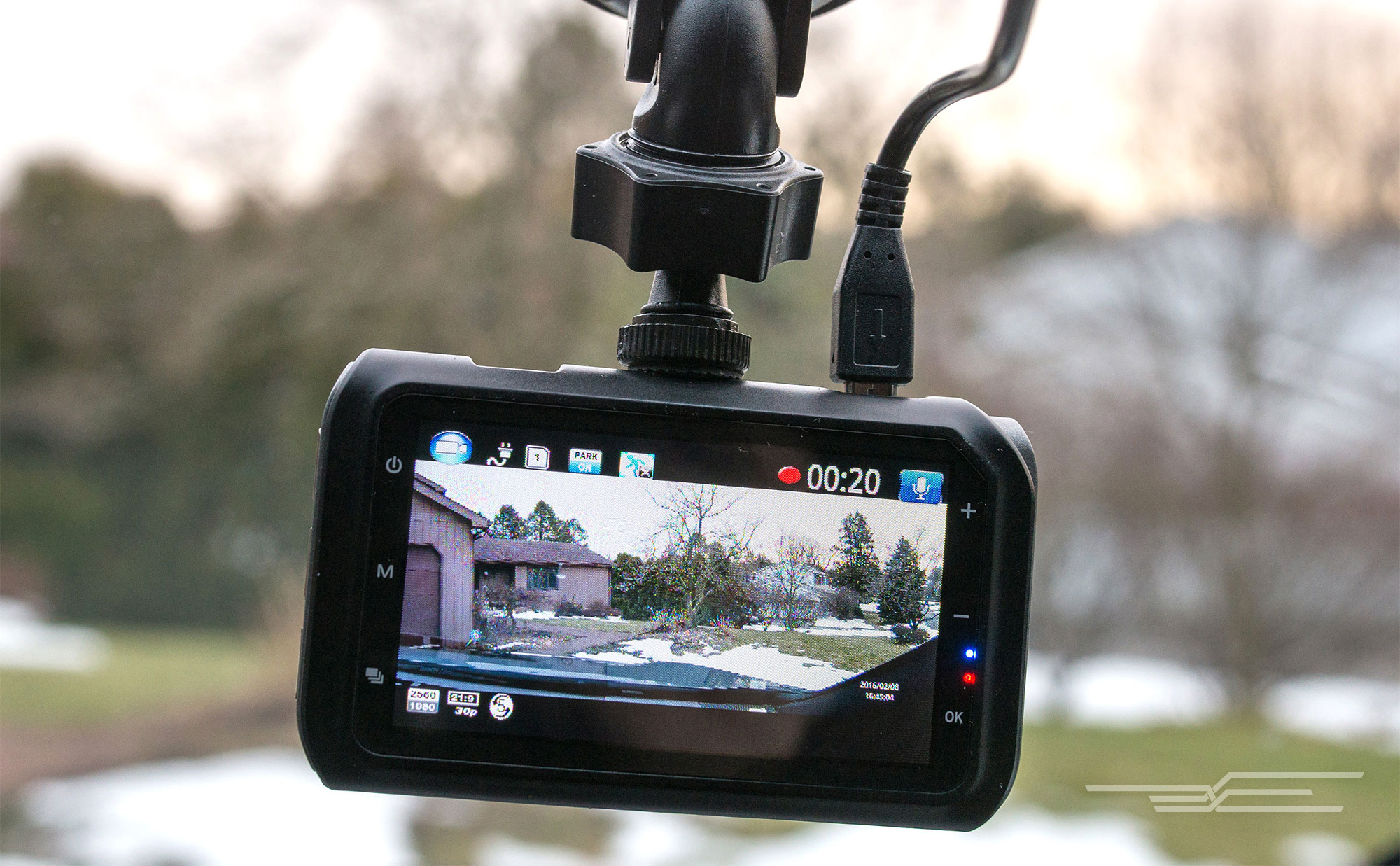The best dash cam
By Eric Adams
This post was done in partnership with The Wirecutter, a buyer’s guide to the best technology. Read the full article here.
After considering dozens of dash cams for this guide, and ultimately selecting 10 for testing, we found the Zero Edge Technology Z-Edge Z3 is the best dash cam to use to record everything happening in front of your car. It hits the mark in terms of image quality, usability, and value, and it avoids unnecessary features such as GPS and Wi-Fi that are found in many pricier cameras. Instead, it focuses on great image quality and reliable, automatic operation each time you get in your car. Other cameras tick these boxes as well, but none hit them all quite as perfectly as the Z3 along with also selling at a great price. In short, it’s the best for most people.
Who this guide is for
You need a dash cam if you’re concerned about being the victim of an accident and want documentary footage that you could provide to an insurance company or the police, for a lawsuit, or at a criminal trial. You might also want to record footage as a matter of course to help others (if you spot something happening nearby), to help improve road conditions by having graphic examples on hand, or to monitor the driving habits of someone else with their knowledge (such as a teenager).
It’s important to note that these cameras don’t particularly excel as security watchdogs. In theory, most of them can use optical motion detection or G-sensors to “wake up” and start recording if something happens around your vehicle, but they face in a single direction, which limits how much information they can pick up—and this would require constant power, which is tricky to set up and shortens the device’s lifespan.
How we tested
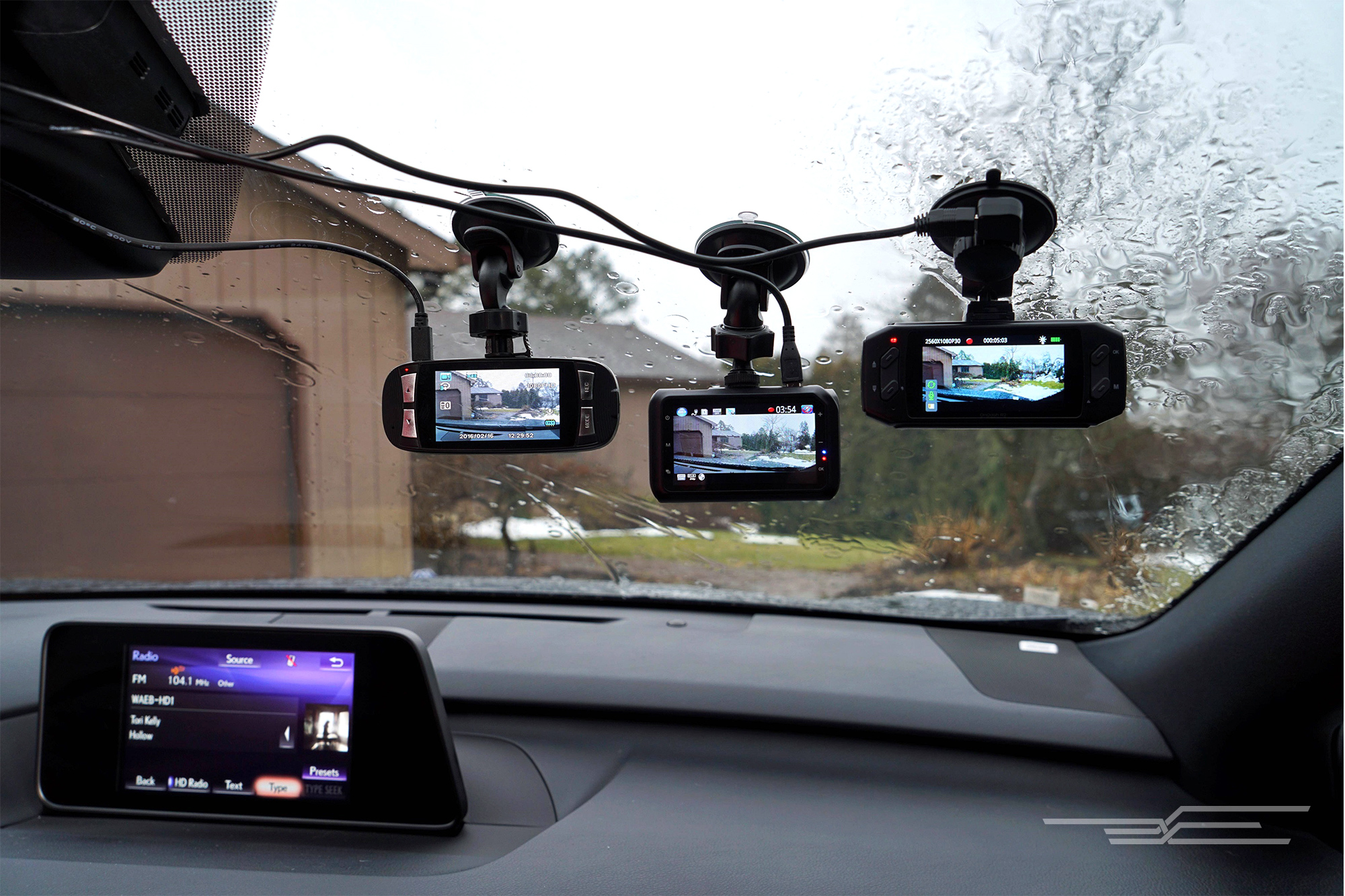
After narrowing our initial list of dozens of dash cams to just 10 models, we tested each one indoors for everything from packaging and build quality to button and menu configuration to overall design, display organization, ease of use, and video quality with the cameras plugged into a 12V power supply. This enabled more focused attention on initial setup and menu navigation.
After that, we hit the road (in daylight and at night, in direct sunlight and in shade, and in all kinds of weather), using each camera individually or in pairs so as to eliminate distraction and windshield obstruction. We also drove short distances with the full complement of cameras on the right-hand side of the windshield to get footage in identical situations to make apples-to-apples comparisons.
After completing the road testing, we pulled the footage off the cameras’ memory cards for analysis on a PC. We assembled clips and screenshots that portrayed each camera’s capabilities and weaknesses across the spectrum of usage conditions. Then we compared the results and narrowed down our selection to the top pick.
Our pick
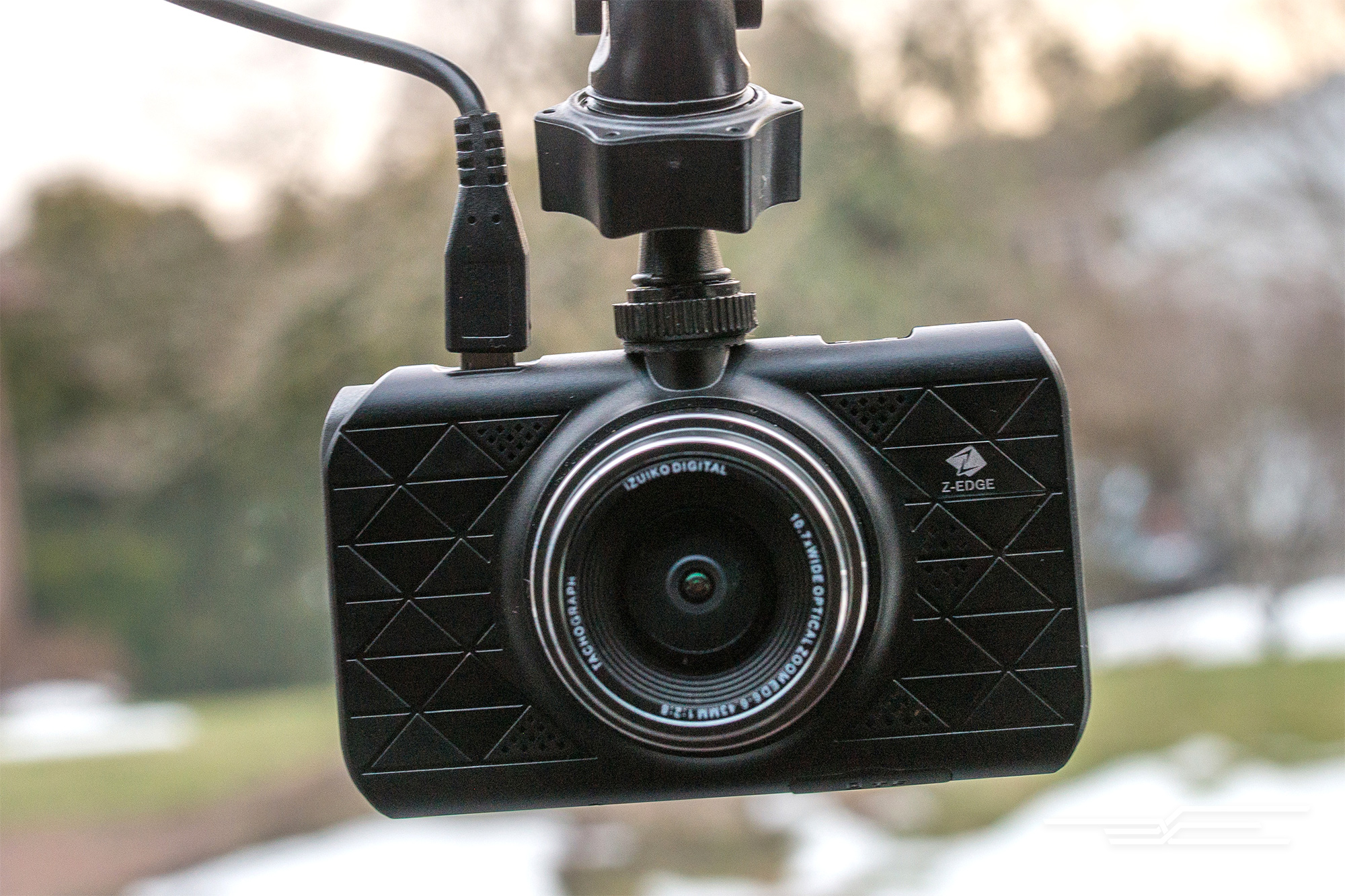
The Zero Edge Z3 (its proper name is the “Zero Edge Technologies Z-Edge 3″ 2560*1080P Full HD Car Black Box Car DVR”) impressed us with its high-quality video, shooting on a par with dash cams that cost almost twice as much. You can credit that to the camera’s excellent sensor, which generates balanced enough footage to present a clean, consistent, and high-fidelity image of the scene ahead of you. When we looked at the cameras’ video on a computer, the Z3’s was crystal clear: Footage is crisp in the daytime, and at night, the video shows low levels of grain.
It also includes a 32GB microSD card, making it an even better deal. Combine that with the best suction mount of any camera we looked at, with a screw-in attachment to the camera body; rock-solid build quality; and easy setup, user interface, and installation, and you have a camera that easily beats the competition.
Runner-up
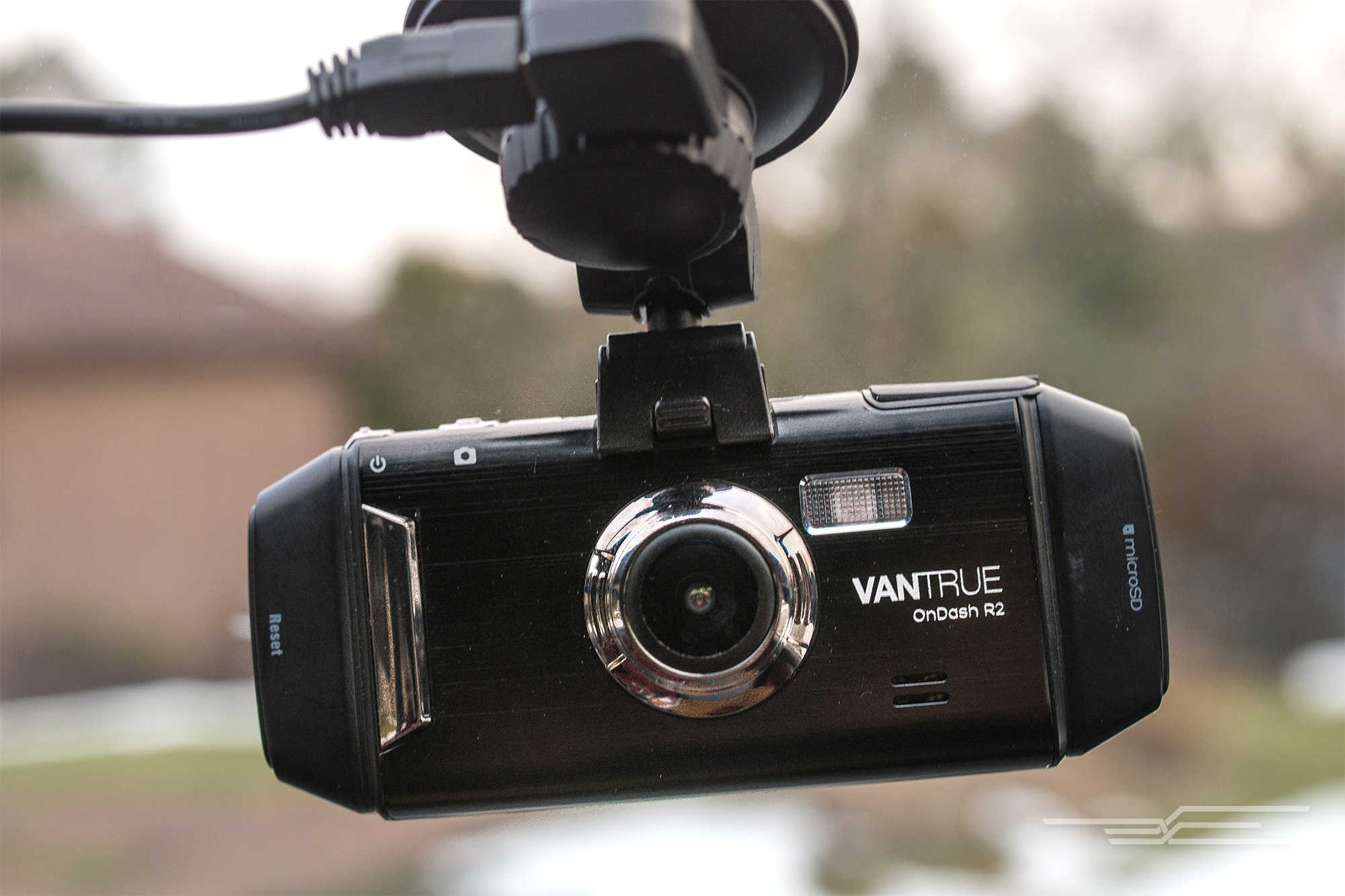
The Vantrue OnDash R2 slots into our runner-up position on cost rather than quality. It produces great videos, but it’s too expensive compared with the Z-Edge Z3—currently almost $50 more before factoring in the cost of a microSD card, which the Vantrue lacks but comes with the Z3. The Vantrue’s images are just a hair too dark compared with the Z3’s, but they still blow most other dash cams’ images out of the water, leading us to recommend this as a backup if its price drops or the Z3 sells out and you need a dash cam right away. It’s worth noting that the Vantrue was our top pick in testing until the Z3 arrived late in the process and displaced it.
For hot climates or a tighter budget
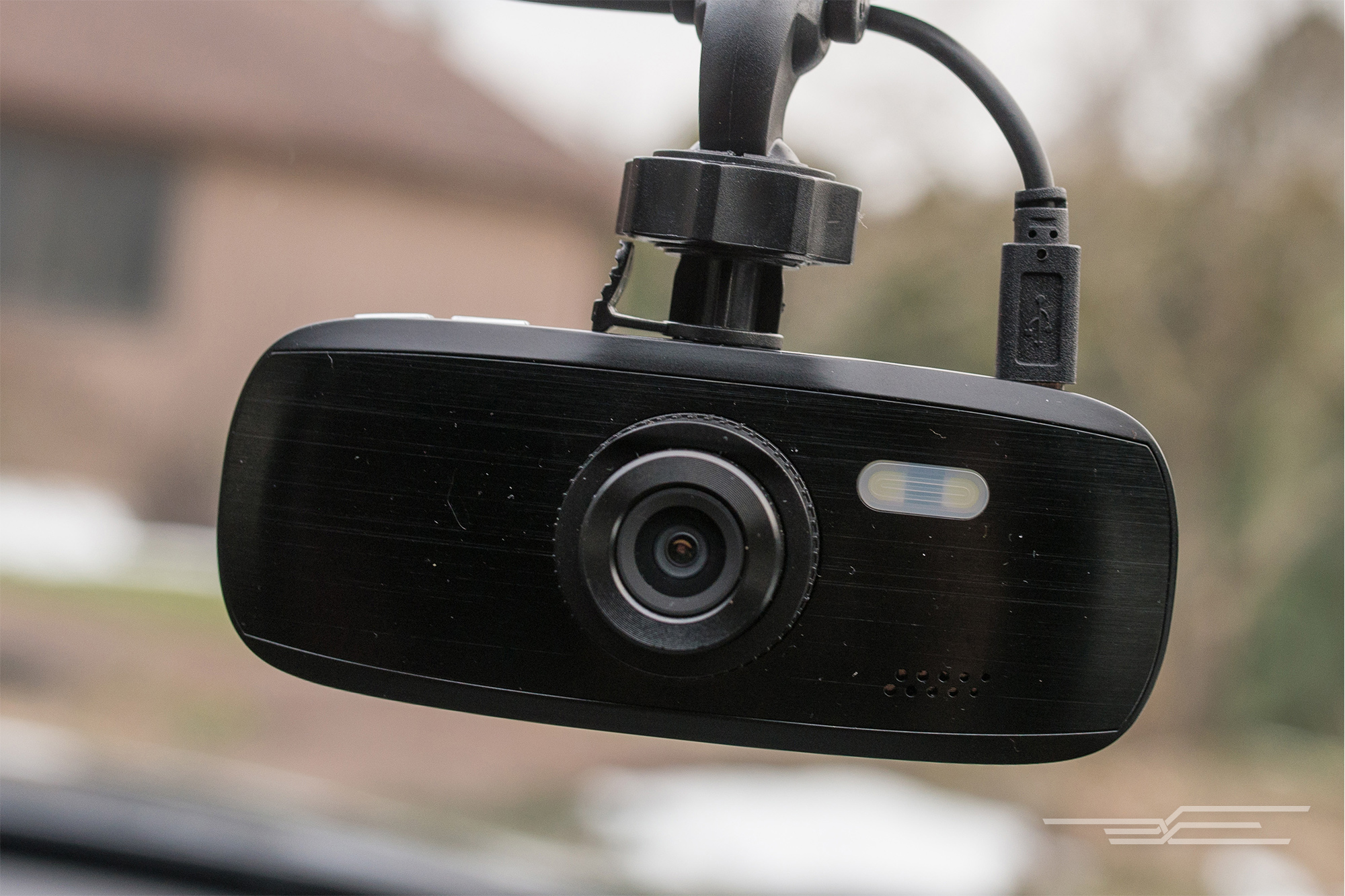
If you live where temperatures regularly cook your car, we recommend the Spy Tec G1W-CB. It has a number of drawbacks relative to our top pick—a lower-resolution, 1080p camera for one—but it uses a capacitor instead of a battery. Batteries perform poorly in extreme heat, delaying or preventing a camera’s boot-up or normal function. By plugging the unit into a car’s 12V power port, the capacitor draws its power directly from the car (although, in some vehicles, only while the ignition is on). As a less pricey alternative that should work when the weather is too hot (and also in some cases when the weather is too cold) for a battery-operated dash cam to do its best, we find it meets the bar.
This guide may have been updated by The Wirecutter. To see the current recommendation, please go here.
(227)



